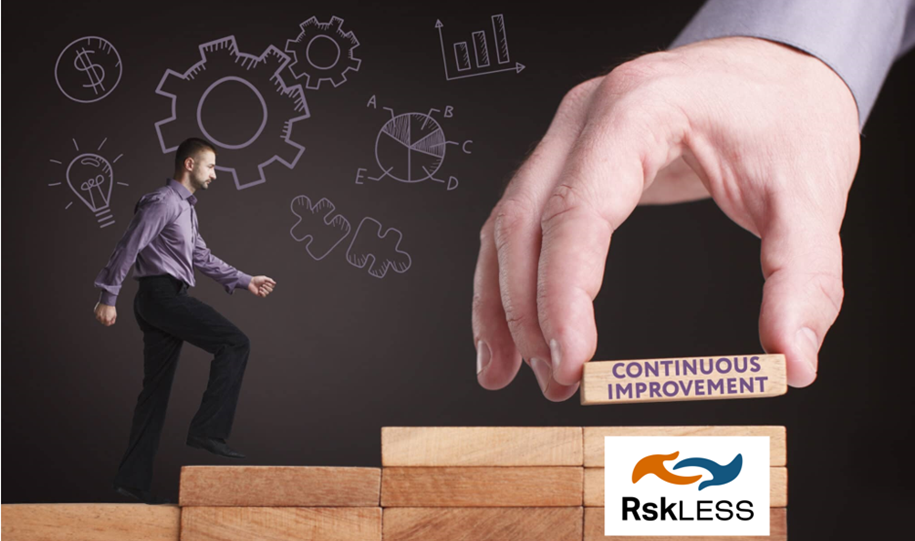PHA Risk Assessments for Carbon Capture Projects in Oil and Gas
As CCS adoption grows in the oil and gas sector, prioritizing safety through thorough risk assessments will be critical to its success. At RskLess, we have performed PHAs for multiple CCS projects and have seen firsthand how this systematic approach enhances process safety and reliability
Future Media and RskLess Partner on Safety Talks
RskLess Partners with Future Media to Bring World-Class Process Safety Training to North America featuring the work of Prof. Andrew Hopkins.
The Intersection of Innovation and Safety
New technologies like Carbon Capture & Storage (CCS) and the increased use and range of applications for hydrogen are a reminder of the importance of established Process Safety Management (PSM) practices.
The Vital Role of Hazard Identification
By systematically identifying, assessing, and mitigating potential hazards, organizations can safeguard their operations, protect personnel, and uphold their commitment to environmental stewardship and community well-being. Moreover, risk awareness transcends individual processes, informing critical aspects of training, maintenance, prevention, and emergency planning.
Process Safety Information - The Backbone of Your PSM Program
PSI encompasses a wealth of information that is indispensable for maintaining operational safety, ensuring regulatory compliance, and enhancing emergency preparedness. By prioritizing the management and utilization of PSI, organizations can safeguard personnel, assets, and the environment while fostering a culture of safety and continuous improvement.
Proactive Risk Mitigation: Safety Critical Elements
In high-hazard industries such as oil and gas or petrochemicals, safety is a complex landscape. Hazards can be difficult to understand and even more challenging to protect against. Understanding what is keeping your operations safe and ensuring the integrity and reliability of those Safety Critical Elements (SCE) is essential for protecting personnel, the environment, and assets from potential harm. These are any elements of an installation that could fail and cause or contribute to an incident or are designed or intended to mitigate operational risk.
What’s the difference? ERP and Emergency Preparedness
Emergency preparedness lays the foundation for effective emergency response, while emergency response planning provides the framework for timely and coordinated actions during emergencies. Together, they form the cornerstone of comprehensive emergency management, ensuring organizations are prepared to effectively respond to and recover from emergencies.
Ensuring Industrial Safety: Fire Protection Engineering
In the dynamic landscape of industrial projects, where innovation and progress coexist with inherent risks, fire protection engineering studies are an indispensable step to ensure safety and security. By embracing these studies and adhering to codes and regulations, industrial facilities fortify their defenses and reduce the risk of fire hazards, protecting lives, assets, and the environment.
How safe is safe enough?
Safety is always a priority but the question is how safe is safe enough? The story for today centers on your risk matrix. The reality is that our world depends on risky processes to function. From the gasoline in the vehicles we drive to the fertilizers and chemicals that help to grow our food and produce the articles of everyday life, risk is inevitable.
Safer Than Yesterday
At RskLess, our tagline, "Safer Than Yesterday," encapsulates the essence of our unwavering commitment to safety. In a world where perfection is an elusive goal, our focus is on the journey of continuous improvement and evolution.
RskLess? No I?
In the dynamic world of process safety management, the significance of collaboration cannot be overstated. At RskLess, we believe in the power of the collective, so much so that we've intentionally dropped the "I" from our safety approach. It's not about individuals; it's about the strength that emerges when we work together as a team.











